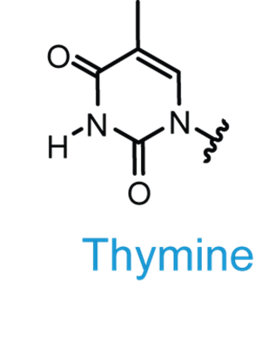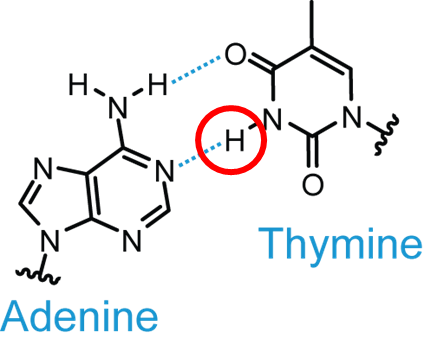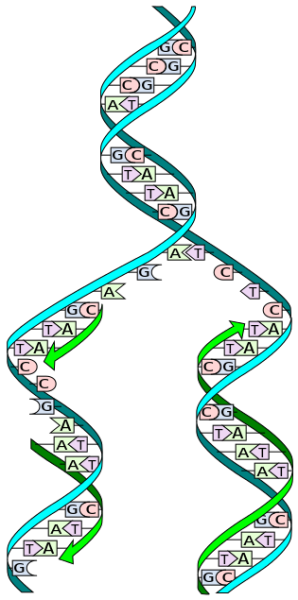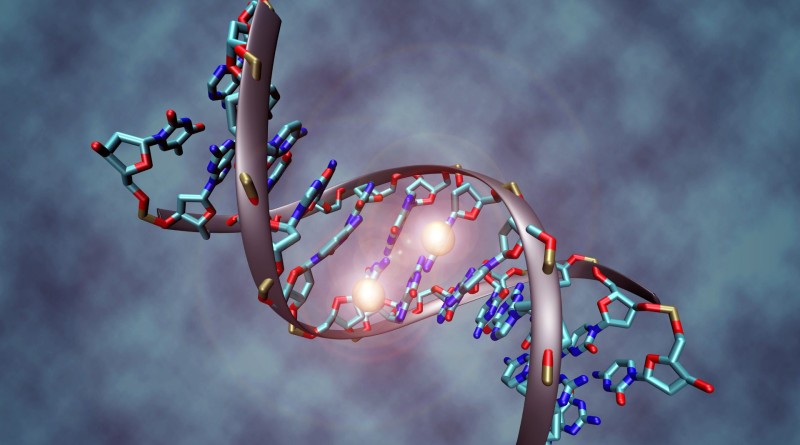When they looked a little deeper, the researchers found that the amount of the tweaked T and G matched up pretty well with how often the cellular machinery makes a mistake. In other words, what they saw in a test tube seemed to match up pretty well with what might happen in a cell - but not exactly.
The reason for the difference is that like everything else, too much of a good thing can be bad. After all, mutations don’t have a bad reputation for nothing! Some can lead to disease and death. Our cells need to be able to fix some mutations to stay alive but luckily for life in general, they can’t afford to fix them all.
So there is a balance here. Too many mutations or a mutation in the wrong place and you can get sick or die. Life needs a Goldilocks amount of mutation.
Jeans or a Tuxedo?
Like me, molecules are usually pretty lazy. They prefer to be in the lowest energy state—jeans and a tee shirt for me.
But like me, molecules aren’t always the same. Sometimes I am willing to expend the energy to dress up and when I do, I can interact with people I couldn’t before. The same thing is true for molecules.
Of course molecules don’t get dressed up. Instead, they tend to arrange their atoms in such a way as to require the least energy. And the bases in DNA are no exception.
This is what the lowest energy form of a T from DNA looks like:

This form, the keto form, is the one that pairs so well with A like this:

The dashed blue lines show which atoms in adenine (A) and thymine (T) are attracted to each other. They fit together beautifully like two matching puzzle pieces.
The same is not true for a G and this form of T. In this mismatch, the circled H gets in the way. It is like trying to jam two mismatched puzzle pieces together. It simply won’t work which is why T almost always pairs with an A instead of a G.
Occasionally though the T shifts into a higher energy state and moves a few of its atoms around. It gets into its tuxedo and looks for someone besides a dressed down A to hook up with.
In this higher energy state, the T can now line up with a G. Like me in a tuxedo though, this form of T is only around for a short time. It quickly reverts back to its jeans and tee shirt.
This is why this way of getting mutations doesn’t overwhelm our cells. The T can only pair up with a G for the brief few microseconds that the T has the right shape.
But this is enough time to cause mutations. After all, there are six billion letters of DNA in our trillions of cells. Even something really rare can happen with numbers like these.
The same kind of thing can happen with the other DNA bases as well which can lead to more mispairings and so more mutations. DNA is not as stable as the textbooks would have you believe. And as Martha Stewart might say, “That’s a good thing.”
(For those of you who want to go beyond puzzle pieces and get into the nitty gritty of the molecules and how they change, click here.)
This story is the first in an occasional series by Barry Starr, PhD, a Stanford geneticist who has been helping to make genetics understandable through the Understanding Genetics website since 2004.



